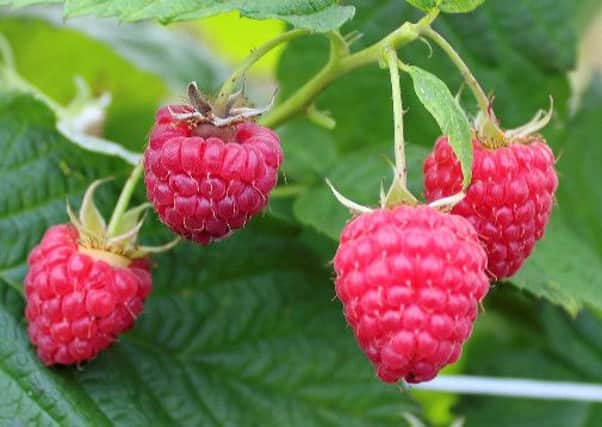Now's time to move bare-rooted plants


There is no set calendar cut-off date. We simply have to be guided by the plants themselves.
Once their dormant buds swell and burst into growth, with few exceptions, the best chance has gone.
Advertisement
Hide AdAdvertisement
Hide AdIn mid-February, I still see bundles of hedging plants and raspberries – and also roses and ornamental and fruit trees – with their roots wrapped to avoid drying out.
This is fine, but if you are buying, the first step back home is to get them plunged into a bucket of water for several hours before planting.
Container-grown plants are a different matter. In theory, they can be introduced any month of the year, but, for me, there is an advantage in planting between mid-autumn and the beginning of spring, preferably the latter.
Any planted outside this period, especially at the height of summer, must be treated with great respect.
Advertisement
Hide AdAdvertisement
Hide AdIf there is any sign of them being pot-bound, their roots spiralling in a circle, tease them apart with gloved hands, knife or spade. This breaks the cycle and stimulates fresh root growth.
Follow this up with frequent watering until they are established.
At some gardening outlets, you can occasionally find fruit trees or roses growing in large pots beyond May. Do check before you buy whether they have been container-grown or are simply growing in containers.
There is a subtle difference. For example, I found two good apple trees on semi-dwarfing M106 rootstock at a store last year, the price being a mere £10 each.
Advertisement
Hide AdAdvertisement
Hide AdHad they been grown long term in those plastic bag pots, the price would have been closer to £40.
They were of good shape, so I bought them, fully realising that transferring ostensibly bare-rooted plants, in leaf and flower bud, would demand care.
The site holes were dug, enriched with organic matter and fertiliser, then thoroughly watered.
Each tree, complete with container, was placed in a hole and had its plastic cut with scissors down every side, making it easy to tease away gently.
Advertisement
Hide AdAdvertisement
Hide AdCareful back-filling with soil, watering, firming and staking followed, all this in May, when bare-root fruit tree-planting is not to be advised.
The result, just five months later, was eight large fruits on the Jonagold and six from a Crimson Bramley.
They certainly settled in quickly.